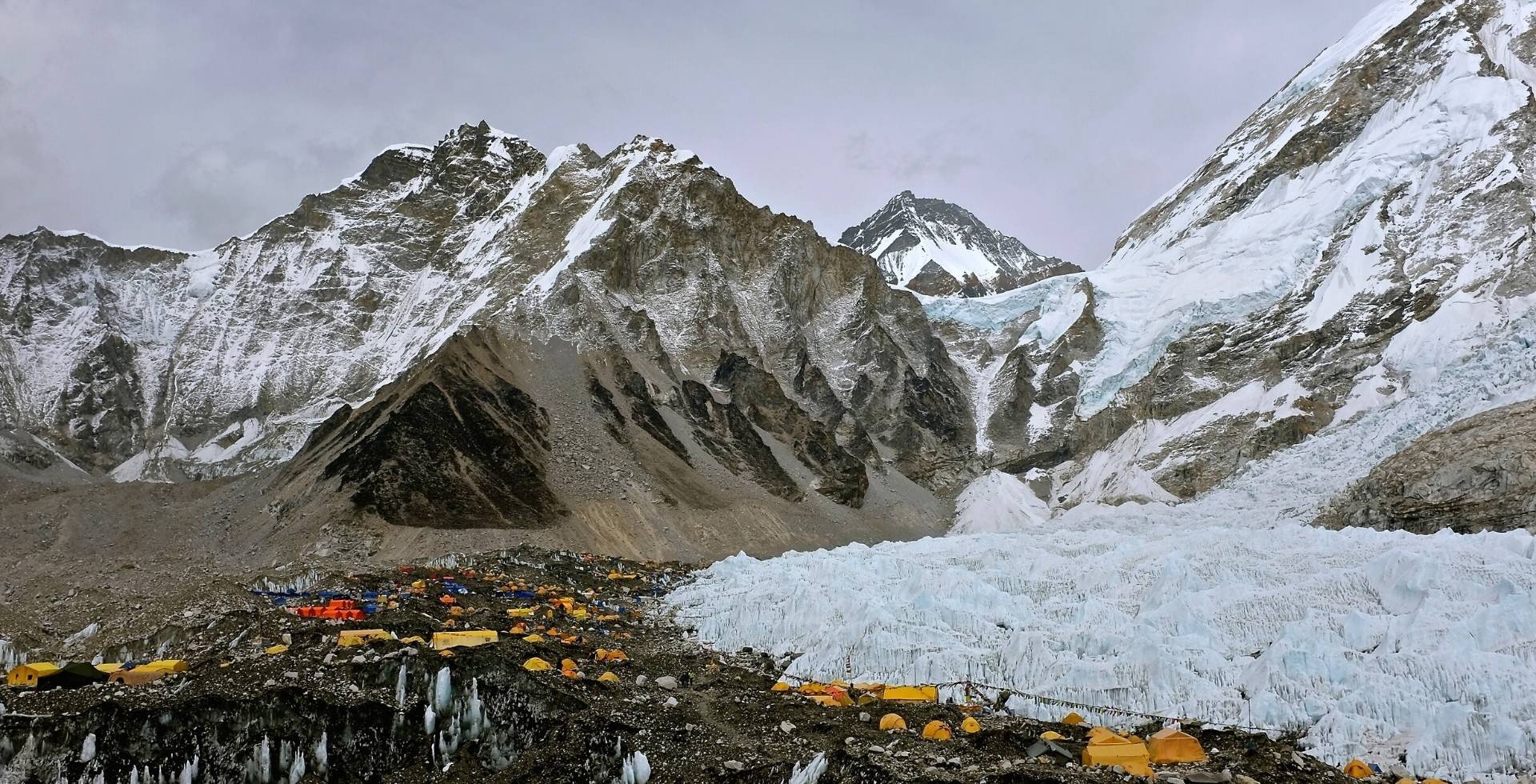
Expedition
The Home of the Himalayas!
The depths of the mountain composite known as the Himalayas ‘home of snow’ is the youngest and highest mountain apparatus in the world. The name is derived from Sanskrit words, “Him” means snow, and “Alaya” means abode.
The Himalayas have become symbiotic because of mysticism and matchless attractions to tourists throughout the world.
Mt. Everest, Mt. Annapurna, and many other Himalayas have been a great attraction for expeditions. Ever since the country opened its peaks to climbers, the Nepal Himalayas have become a great coliseum of mountaineering activities with stories of success and failure to meet the ultimate summons.
Expedition usually refers to a long trek or voyage for a certain purpose - provisional, scientific or methodical, and geographic, in alpine ranges. Nepal (the only country with the highest mountains in the world) where trekkers/mountaineers can ascend the summits. The door for expeditions in Nepal opened in 1949, Nepal accomplished a noteworthy milestone in its history as the Annapurna Mountain unfastened for mountain ascend. This was the turning point in the field of expedition. Then, in 1953 Edmund Hillary & Tenzing Norge Sherpa successfully ascended and conquered the world's highest Mt. Everest. Since 1953 Expeditions here have gained more international attention than anywhere else in the world.